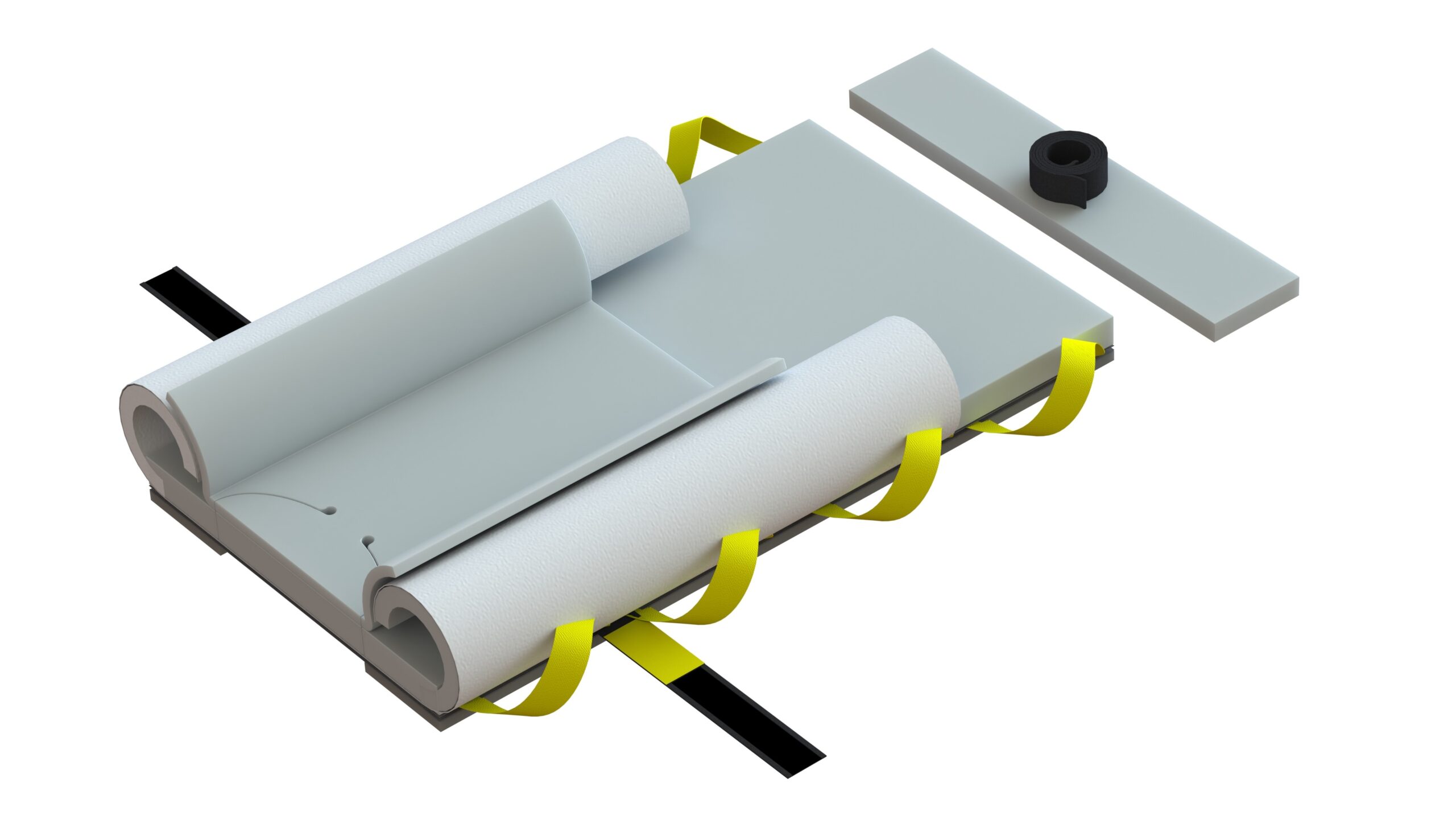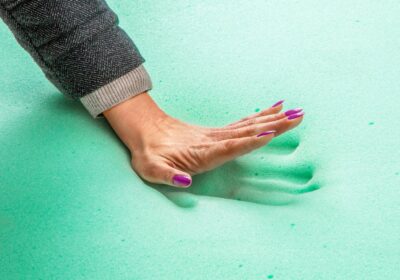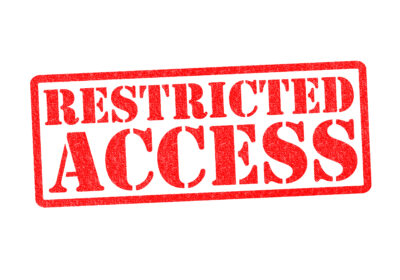Here Are 3 Ways to Position Your Robotic Surgery Patients With Our Genesis Bi-Wing AAP®, and None of Them Require a Drawsheet!

Here are 3 ways to position your robotic surgery patients with our Genesis Bi-Wing AAP®, and none of them require a drawsheet!
💥Total positioning time, including arm adduction, movement to lithotomy, and securing patient to table: 1-2 minutes on average, even in high BMI patients.
💥 Engineered for high reliability, our design promotes standardized care practices without the need for workarounds or off-label shortcuts. This approach effectively balances the safety of both patients and staff, ensuring a consistent and secure healthcare environment.
💥100% pad to skin contact for maximum stability and skin integrity.
💥 The fully adjustable Bi-Wing offers comprehensive arm support, adjusting to each patient’s unique arm length and circumference, all while ensuring easy access for safe anesthesia care.
💥 Our PneumaFOM® offers exceptional pressure management compared to memory foam, primarily due to its superior indentation load deflection (ILD). Memory foam tends to absorb weight and pressure, collapsing by nearly 95%, and fails to provide the necessary rebound ILD. In contrast, PneumaFOM® is designed to maintain its shape and support, ensuring better protection against pressure injuries.
💥Fully reinforced pad does not stretch or tear during use. No patient migrations or redocking.
💥Designed for the surgical team and the patient, as giving the surgeon what they need is the easy part.
💥Chest pad and strap minimize strap pressures against skin, while preserving thoracic wall movement. (It’s the degree of Tburg, along with mechanical compression of alveoli and VQ mismatch that impact ventilation, not a two inch strap). Straps must be used for safety and lateral stability during table tilting!
💥Comes in both standard 20 inch wide and 27 inch wide bariatric models. We are THE ONLY COMPANY making bariatric positioning platforms.
💥 By optimizing the ROI of bundled care procedures (BPCIs), our efficiency metrics can be tracked within the EHR from the anesthesia hand-off to the moment of incision. The initial cost savings associated with less expensive commodity pads are quickly negated within the first minute of positioning time, highlighting the importance of investing in quality solutions that enhance overall operational efficiency.
Infinitusmedical.com
Related Posts

Memory Foam in the Operating Room: Marketing vs Reality
There is a significant misconception regarding the effectiveness of memory foam in operating room environments. …

“Beyond Cost and GPO Contracts: A Comprehensive Approach to Clinical Value Analysis”
In nearly 90% of our interactions with hospital and clinical surgical teams seeking a more…

Our Story Is Your Story!!
Safe Patient Handling: Our Story Is Your Story! https://vimeo.com/1003162319 Our methods of positioning surgical patients…

